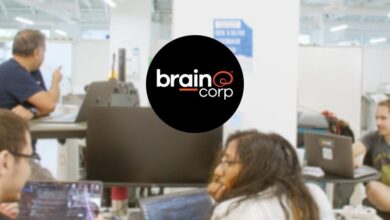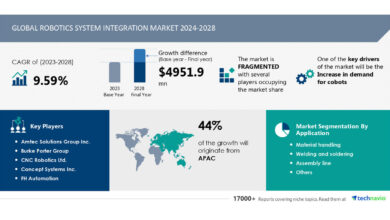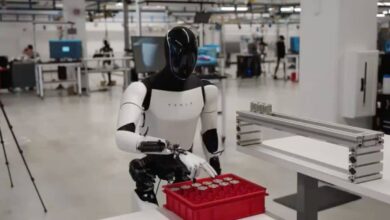Sanctuary AI CEO Geordie Rose

Sanctuary AI is one of a growing number of companies aiming to solve today’s – and tomorrow’s – problems with humanoid robots.
We spoke to co-founder and CEO Geordie Rose about the Canadian company’s Phoenix humanoid robot, the Carbon AI control system – and how it teaches them to feel like a human.
What are some of the most significant engineering breakthroughs that Sanctuary has made to get Phoenix to where is today, including being named as one of Time’s Best Inventions in 2023?
One of the biggest breakthroughs we made was building hands that rival human hands in their dexterity and fine manipulation. With 19 degrees of freedom and proprietary haptic technology, our robots have the dexterity and sense of touch essential to performing tasks successfully. Given that more than 98% of all work requires the dexterity of the human hand, one can’t create a truly useful humanoid robot without human-like hands. You can see Phoenix do things like placing items in a plastic bag, stacking blocks, and more on our YouTube channel.
While physical form is important for completing work, to create truly general purpose technology, we must focus on creating quality AI technology. We had a breakthrough when we realized that training our AI control system, Carbon, on a task-by-task basis was not a scalable way to create a general purpose technology. This is when we started training the robots not on tasks, but on the fundamental elements of movement that underpin them (think verbs like touch, grasp, push, rotate, place, and so on). This gives the system an ‘alphabet’ of movement, eventually allowing it to carry out any task a person can. We’re already seeing significant results here, with our Phoenix robots capable of carrying out hundreds of tasks.
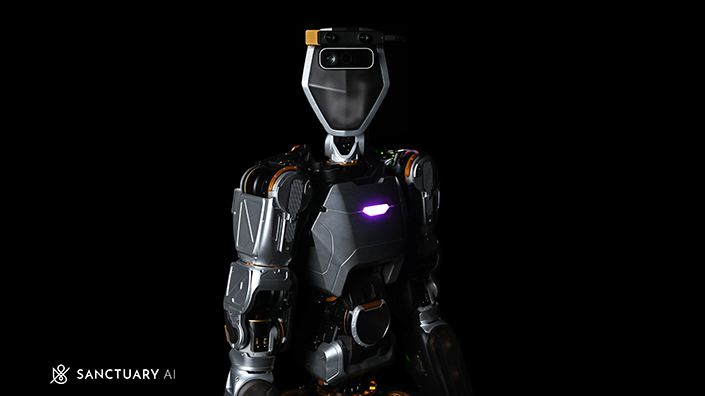
Why has Sanctuary chosen to copy human biological systems, such as hands, to a greater extent than other companies?
By copying human biological systems, we can build an AI control system that understands what the human experience is like. We believe this kind of embodiment is absolutely critical in the journey to building AGI, as our interactions within the real world are an essential part of what makes us human. The world, and the workplace, were designed by and for people. Thus, for a robot to be truly useful and effective in the workplace, it must have human-like intelligence, form, function, and senses. General purpose humanoid robots are designed to fit into any existing work environment, which is much easier and cost-effective than restructuring an entire workplace around different special purpose tools.
In what way does the Carbon AI system mimic subsystems found in the human brain, and what are the advantages?
By integrating modern AI technologies to translate natural language into action in the real world, Carbon features reasoning, task, and motion plans that are both explainable and auditable. This allows general purpose robots to think, communicate, and act to complete work tasks just like a person. Mimicking subsystems in the human brain grants Sanctuary AI the advantage of allowing our Carbon technology to be vendor-agnostic. Being vendor-agnostic means that in the future Carbon could be used in any humanoid robot which will allow for a more robust workforce of general purpose robots to address growing labour shortages. However, given Phoenix’s advanced physical form, we still believe it is the best vehicle to embody our Carbon technology.
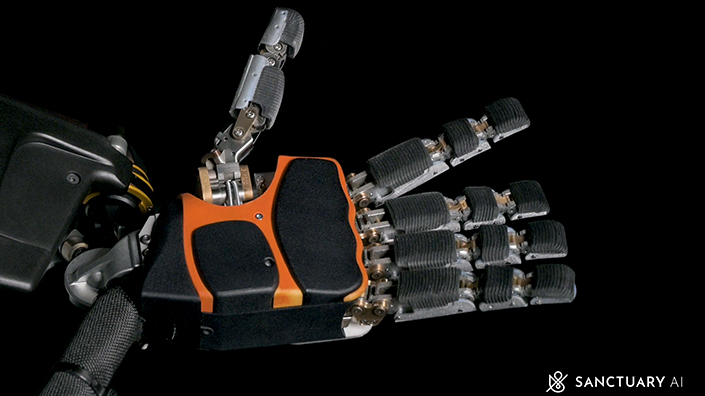
How does Sanctuary uses teleoperation to train Carbon?
We believe that, in order to create something that can carry out useful work, it needs to fully understand each task. Simply watching a video isn’t enough, we believe the system needs to understand not just how a task looks, but how it ‘feels’ to do that task. This is why teleoperation is so crucial.
Our human robot pilots first carry out actions on Phoenix via teleoperation. This allows us to collect a rich bank of high-quality, high-fidelity human behavioural data, which consists of all kinds of elements, including one element not all competitors are focused on – touch. Our patented tactile sensor technology allows our AI control system, Carbon, to understand the interaction between visual and haptic data. This means that Carbon can understand the difference between picking up something fragile, like a glass, and something more robust of the same appearance, like a plastic cup, and amend its actions accordingly. Without a person doing this first through the robot, we wouldn’t be able to collect all the data needed for a robot to interact with and manipulate objects in a changeable environment.
Teleoperation is also a critical component of hardware testing. There’s little point in training an AI system to do something, like pick up a glass, if you then find out the robotic hands aren’t dexterous enough to grasp the glass correctly in the first place.
Teleoperation allows us to ensure our general purpose robots can physically perform the task at hand, while also allowing Carbon to find the best possible method to complete the task through data collected from our pilots. You can learn more about our teleoperation method from this video.
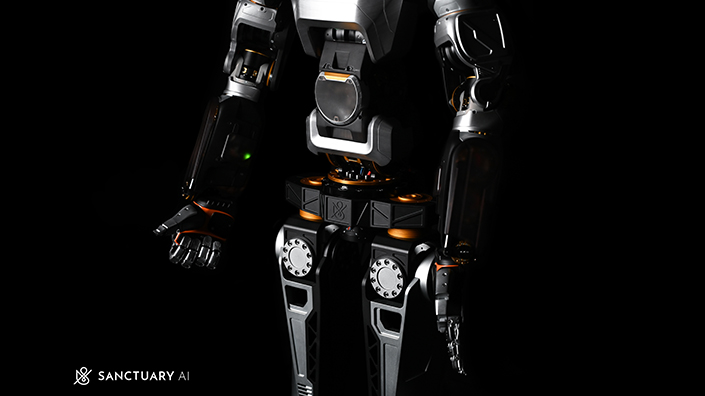
What does the future hold for humanoid robots? How widespread will their use be, and what applications will they have?
There are currently 9.5m job openings in the US, but only 6.5m unemployed workers. An increasingly aging and shrinking global population means that there simply won’t be enough people to allow our current way of life to continue flourishing, and this is only going to worsen over time. The world needs more workers, especially in the kinds of jobs that are too dull, dirty, or dangerous for people to do.
In the longer term, we’re also looking at what people aren’t capable of achieving. There are several problems facing humanity that we are not clever enough, or physiologically capable enough of solving. The work we’re doing here could provide a solution.
What if we could create an artificial scientist – a robot system that can make scientific discoveries about the world, in a humanoid form so it could go into a lab and carry out experiments for itself? This could allow us to advance our knowledge about the world in ways that we’ve never seen before. These AI ‘super-scientists’ could read every publication that ever existed and make incredible scientific advances for our civilisation in a way we can’t.
Or how about a robot space explorer which goes out into the stars for us and can mine asteroids, or search for life on other planets? It’s not about taking people’s positions, it’s about expanding the entire economy so they can do jobs that never even existed.
This article is part of a special series on Humanoid Robotics. Click here to read our feature on how humanoid robots are stepping out of the shadows.
Want the best engineering stories delivered straight to your inbox? The Professional Engineering newsletter gives you vital updates on the most cutting-edge engineering and exciting new job opportunities. To sign up, click here.
Content published by Professional Engineering does not necessarily represent the views of the Institution of Mechanical Engineers.
